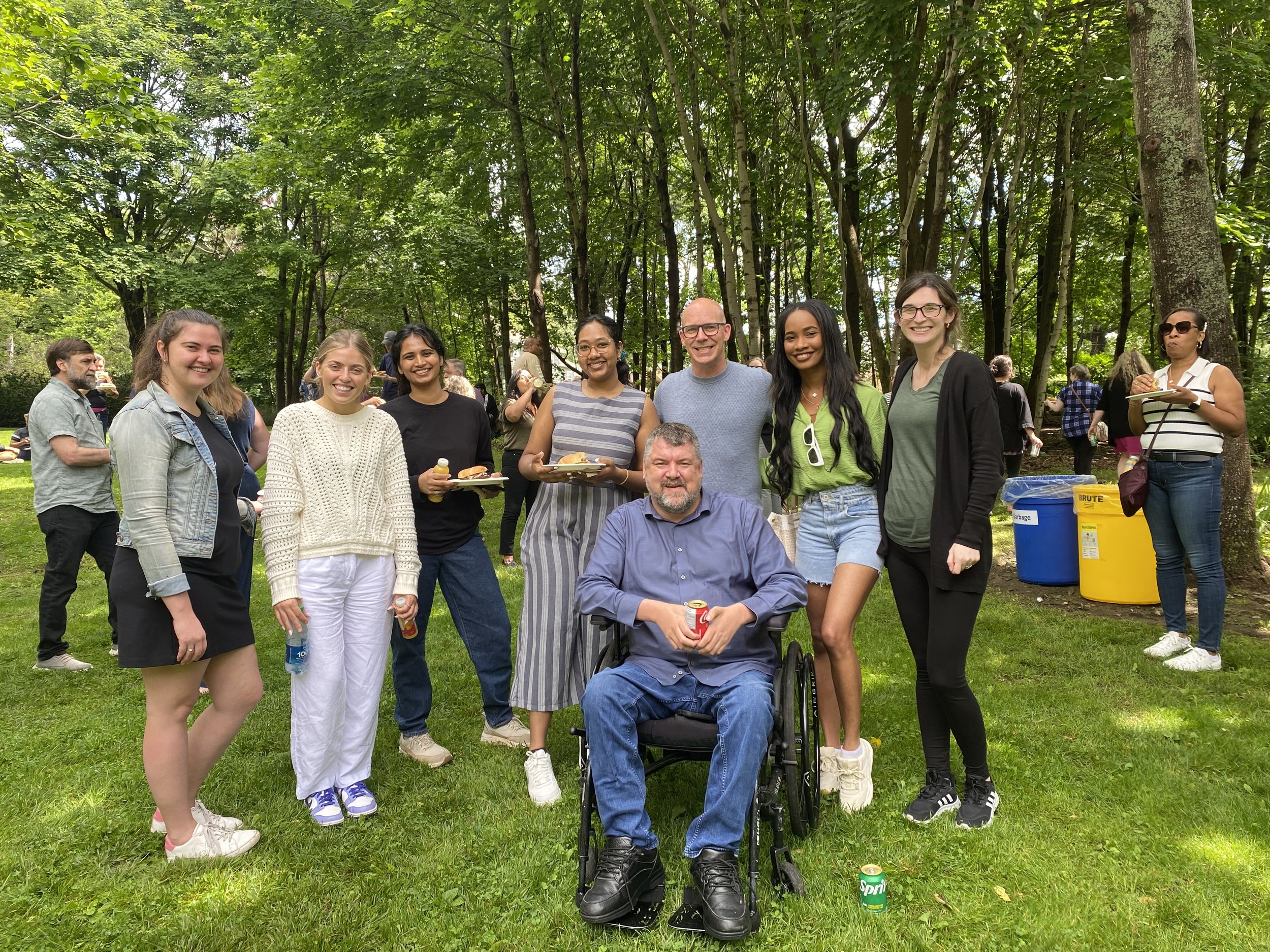July is Disability Pride Month, and, although it is not yet recognized by the Government of Canada, Saint Mary’s is pleased to take the opportunity to recognize and celebrate those within the SMU community who experience disability.
In recognizing the societal and institutional barriers that many face, the Fred Smithers Centre for Student Accessibility (FSC) has created a round-up of assistive technologies available campus-wide or directly through the FSC. These technologies can help reduce many barriers faced by those who experience cognitive disabilities, physical disabilities impacting certain mobility, and more.
Notetaking is a vital part of academic and professional success. It allows people to retain and review information from lectures, discussions, meetings and more. The FSC has procured a number of assistive technologies to support those, particularly students, who may experience barriers in notetaking.
Glean
Glean is a web-based app designed to help students achieve their academic and personal goals through supported notetaking. The technology allows users to record lecture audio, import slides, add brief notes and highlight key points with simple clicks. It also creates a visual and interactive outline of notes to support reviewing content.
Glean is designed to be simple, accessible and cognitive-friendly. It has a distraction-free interface that focuses on the content rather than the tool. It also has a transcription feature that converts audio recordings to text. Glean is currently available as a pilot program to students who have an academic accommodation to do with Notetaking Support.
Google Read and Write
The FSC has also purchased a campus-wide license of Google Read and Write (R&W), which is a Chrome extension that provides assistive technology tools to support reading, writing and studying.
Some of the R&W features include:
Text-to-speech to hear words, passages or whole documents read aloud with dual color highlighting.
Speech-to-text to dictate words and create documents with the user’s voice.
Word prediction to suggest the current or next word as the user types.
Text and picture dictionaries to see the meaning of words explained with text or images.
Highlighters to collect and organize information from web pages or documents.
MP3 maker to convert text into audio files for listening on the go.
Spelling and grammar check to correct errors and improve writing quality.
Simplify and summarize to reduce the complexity and length of web pages or documents.
Google Read and Write is available for Windows, Mac and Chrome OS devices. It can be used with Google Docs, PDFs, ePubs and other common file types in Google Drive. It is also compatible with screen readers. This extension is available for the entire Saint Mary’s community. Visit The Studio for Teaching and Learning to learn more about and access the extension download.
Dragon
Dragon is a speech recognition software that allows users to control their computer, create documents, send emails and search the web by using their voice. It is a form of assistive technology that can benefit people with physical disabilities, learning difficulties or repetitive stress injuries that make typing difficult or impossible.
Some of the features of Dragon include:
Fast and accurate transcription of up to 160 words per minute
Customization and personalization of vocabulary, commands, and preferences
Compatibility with popular applications, such as Microsoft Office, Google Chrome, and screen readers
The Dragon software is available on most of the computers in the FSC’s test and exam area and is available as an academic accommodation for students.
Kurzweil 3000
Kurzweil is a company that provides assistive technology products and resources for students with learning disabilities, such as dyslexia or visual impairment. They also have supports for English language learners. The FSC has the Kurzweil 3000 software installed on all the exam and test computers, which offers features such as text-to-speech, word prediction and spell check. Kurzweil 3000 is currently available to students as an academic accommodation.
Saint Mary’s is pleased to offer a number of resources and supports to students, faculty and staff to support various disabilities and reduce barriers, as well as resources for faculty and staff on how to implement accessibility best practices into their work.
For student-related accommodations and supports, visit the Fred Smithers Centre for Student Accessibility or, for those students already registered with the FSC, contact your Accessibility Advisor. For staff and faculty resources related to improving accessibility at Saint Mary’s, visit The Studio for Teaching and Learning.























